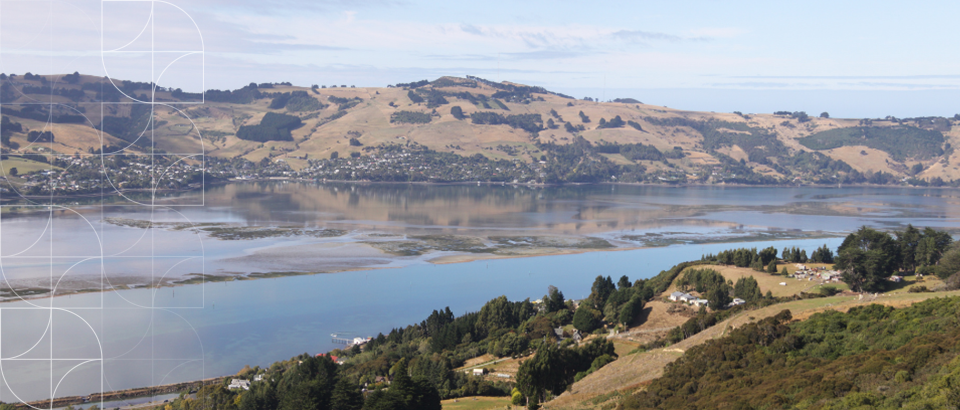Avoidance policies reign in the wake of King Salmon, but what do they require?

Avoidance policies reign in the wake of King Salmon, but what do they require?
Wednesday 30 March, 2022
Like many coastal areas in Aotearoa New Zealand, Otago Harbour is of economic, ecological, natural character, landscape and recreational value. These overlapping and sometimes competing values are recognised in the New Zealand Coastal Policy Statement (NZCPS) through policies of various strengths and levels of directiveness. Each region must then give effect to those national priorities on a regional level. How regions should do this was the subject of the Supreme Court’s watershed decision in King Salmon.
The Court of Appeal recently considered whether the Otago Proposed Regional Policy Statement’s approach to the port activity gave effect to the NZCPS’s natural character bottom line in the way that King Salmon required it to.
“Avoid” vs “Avoid, remedy, mitigate”
EDS appealed the Environment Court’s decision to the High Court on the basis that requiring adverse effects on outstanding natural character to be “avoided, remedied and mitigated” was different from the NZCPS requirement to avoid adverse effects. The High Court agreed with EDS. Port Otago appealed to the Court of Appeal which agreed that the High Court had correctly applied King Salmon, (Miller J dissented). The core finding was that to “avoid” and to “avoid, remedy and mitigate” are distinct concepts. A regional policy that allows for the latter does not meet the requirement of the national policy that requires the former. The Court also made observations about the reconciliation of NZCPS policies that appear to pull in different directions. It also addresses what avoidance requires and discusses the regulatory mismatch between the context in which the NZCPS was promulgated and the approach to it in King Salmon.
While there may be competing environmental interests and values, the NZCPS avoidance policies do not conflict with the strategic planning or ports policies (7 and 9). It is not necessary to dilute the avoidance policies to reconcile these policies. The NZCPS creates its own directive hierarchy through the strength of the language in each policy, which should be considered by regional policy makers when giving effect to the NZCPS.
What do the avoidance policies require?
The natural character avoidance policy (Policy 13) does not preclude all new activities in areas with outstanding natural character, exclude the use of adaptive management, or require prohibited activity rules. The avoidance relates to the effect of an activity, not the activity itself. When considering whether a particular activity complies with Policy 13, existing modifications, appropriateness of development, the extent and duration of effects, and avoidance methods including adaptive management, are all relevant.
While the Court of Appeal quickly dismissed the appeal, the majority in the Port Otago address the wider application, implications, and criticisms of King Salmon in some detail. This decision is a worthwhile read for anyone charged with giving effect to the NZCPS or looking to better understand what King Salmon is shorthand for.





